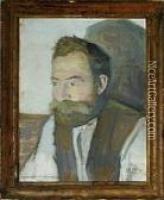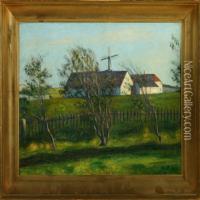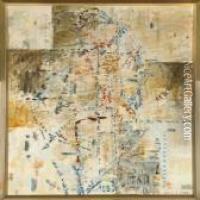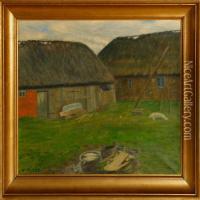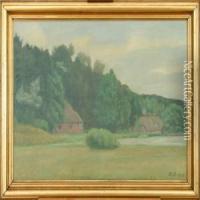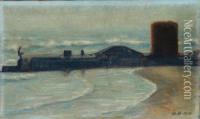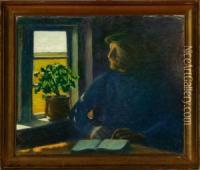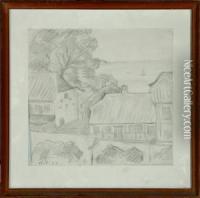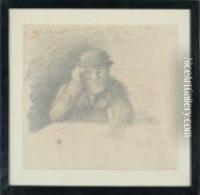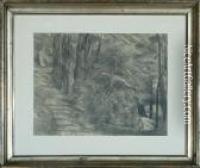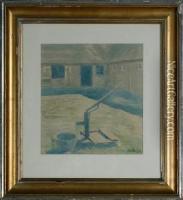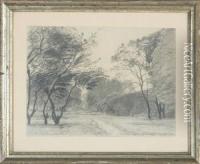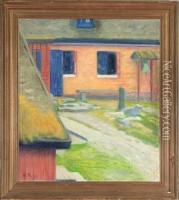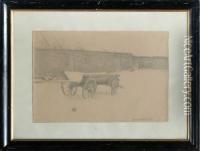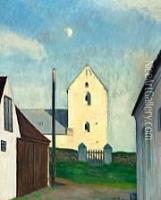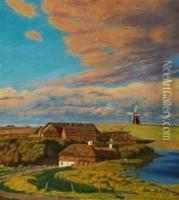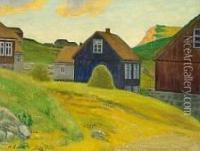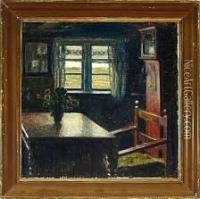Niels Bjerre Paintings
Niels Bjerre was a Danish painter known for his poetic interpretations of nature and rural life. Born on June 24, 1864, in the town of Hjørring in the northern part of Jutland, Denmark, Bjerre developed an early interest in the arts. He pursued his passion for painting despite the limited opportunities in his provincial birthplace.
As a young artist, Bjerre moved to Copenhagen to study at the Royal Danish Academy of Fine Arts, where he was exposed to the prevailing academic traditions of the time. His initial works reflected the academic style, but he gradually developed a personal approach that emphasized a more lyrical and romantic view of the world around him.
Throughout his career, Bjerre was influenced by the Symbolist movement, which sought to represent ideas and emotions through powerful symbols and evocative imagery. His paintings often depicted the landscapes of Denmark, imbued with a sense of mysticism and a deep connection to nature. He was particularly adept at capturing the subtle interplay of light and shadow, which added a dream-like quality to his works.
Bjerre's art was well-received in his home country, and he participated in numerous exhibitions. His paintings were characterized by their serene and contemplative mood, often featuring solitary figures in vast, open landscapes or intimate scenes of rural life. Despite not gaining significant international recognition during his lifetime, his contribution to Danish art was appreciated by art connoisseurs and collectors.
Niels Bjerre remained active in the Danish art scene until his death on October 6, 1942. He left behind a body of work that continues to be celebrated for its unique blend of realism and symbolism, capturing the spiritual essence of the Danish countryside and its inhabitants. Bjerre's legacy as a painter is marked by his ability to transcend the ordinary and evoke a deeper, more poetic understanding of the natural world.
